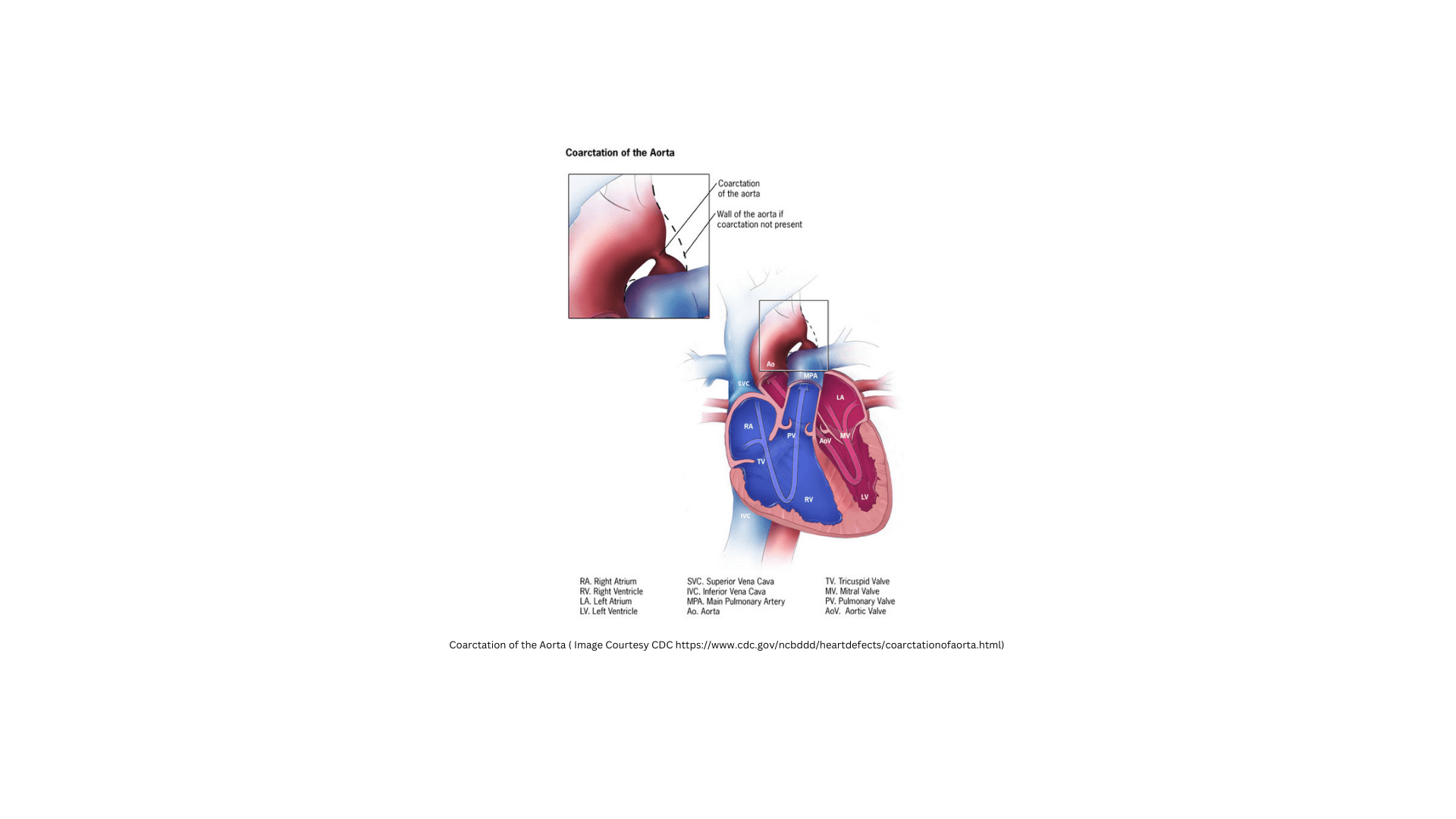Download A4Medicine Mobile App
Empower Your RCGP AKT Journey: Master the MCQs with Us!

Coarctation of the aorta (CoA) is a notable congenital heart defect, occurring in about 3 out of every 10,000 births. CoA is a diverse condition, presenting at any age with various symptoms, either as an isolated defect or in conjunction with other cardiac abnormalities. First described by Morgagni in 1760, CoA fundamentally involves the congenital narrowing of the proximal thoracic aorta.
The exact causes of CoA, like many heart defects, are often unclear. However, genetic changes or chromosomal anomalies can play a significant role. Environmental factors, dietary habits, and medications used by the mother during pregnancy may also contribute to the development of this condition.
Regardless of the age at diagnosis, treatment is necessary once symptoms manifest. The primary goal is to widen the narrowed section of the aorta, which can be achieved through surgical or catheter-based interventions:
Balloon Angioplasty: This procedure involves the insertion of a catheter with a balloon at its tip into a blood vessel, which is then directed to the narrowed area of the aorta. The balloon is inflated to expand the aorta.
Stenting: Often used in conjunction with balloon angioplasty, a stent (a mesh-covered tube) may be...
Try our Free Plan to get the full article.